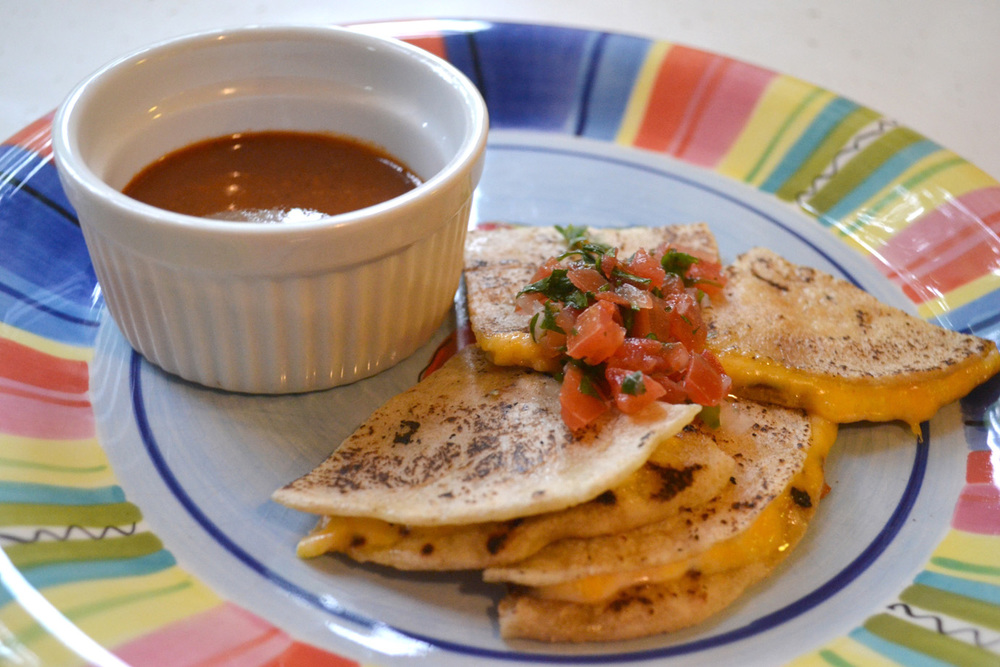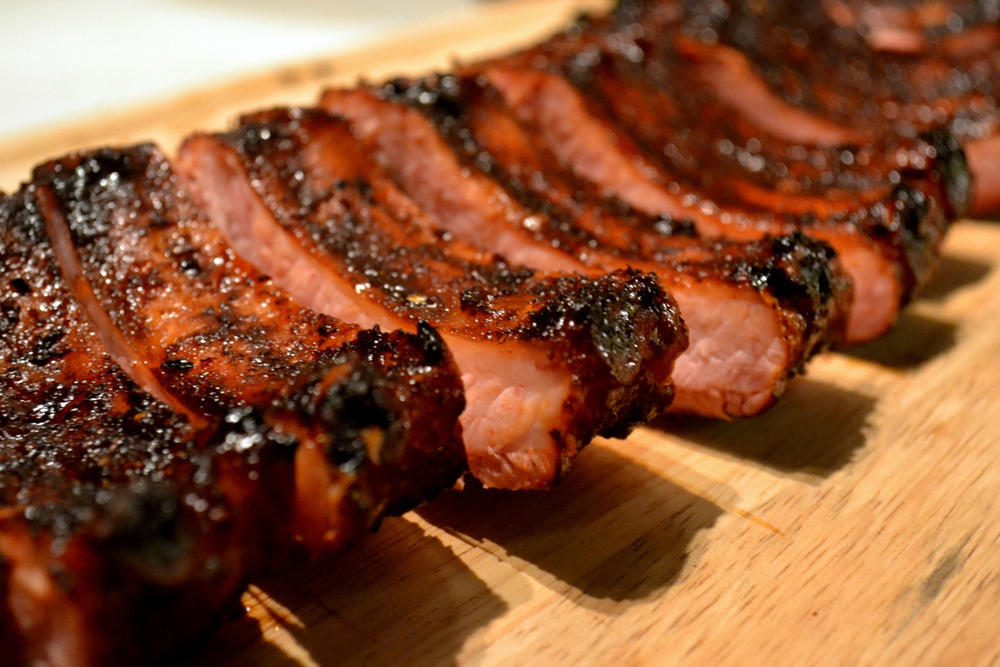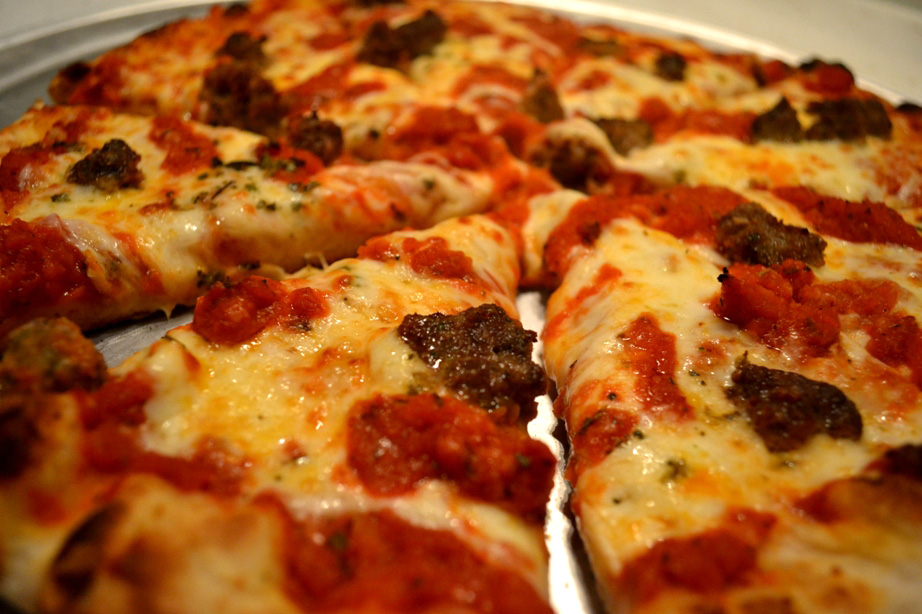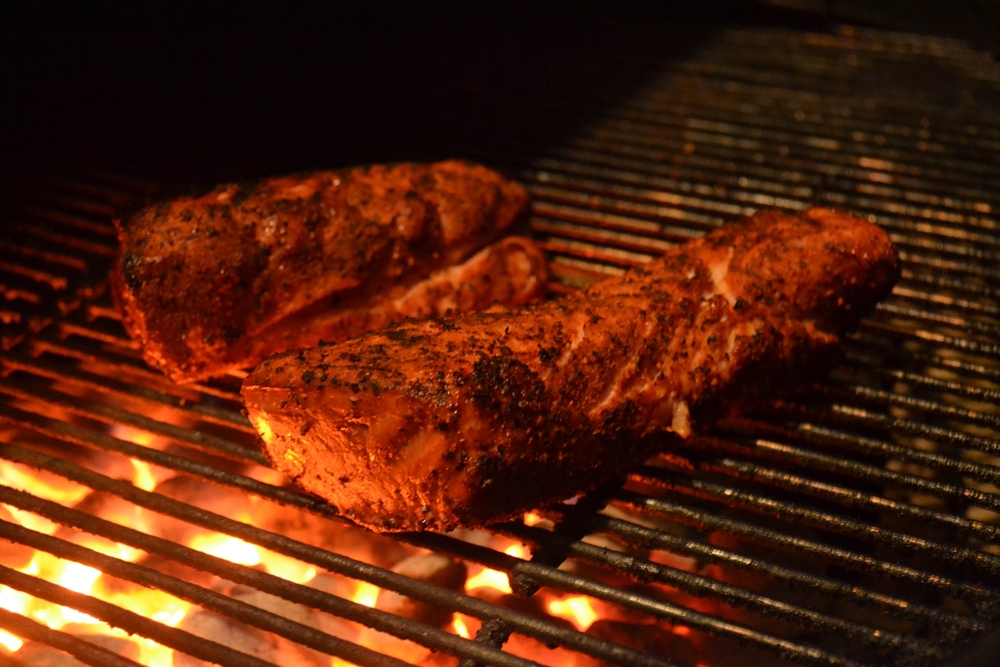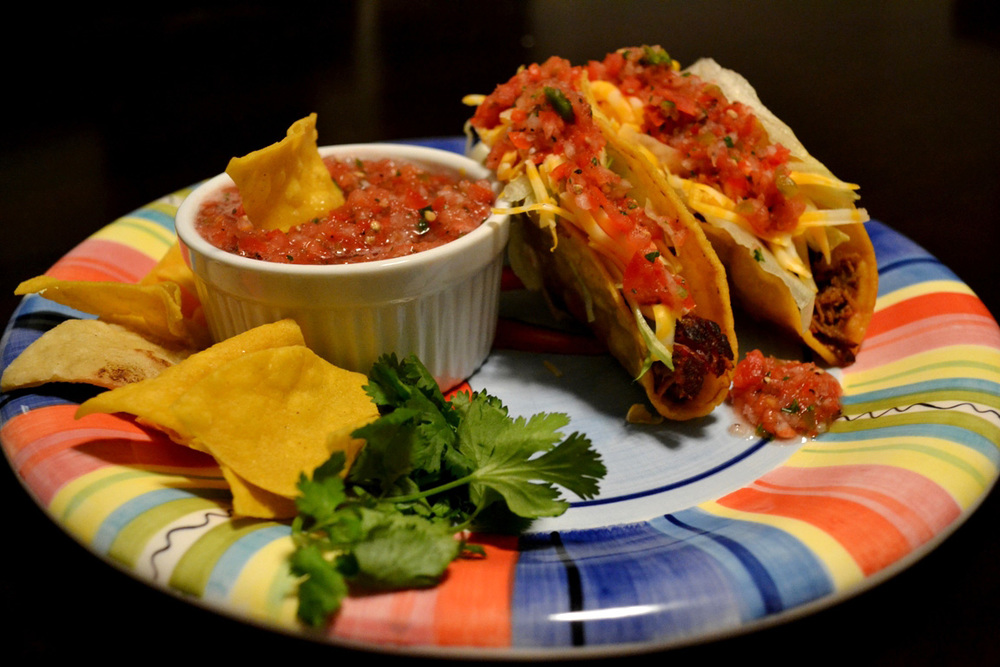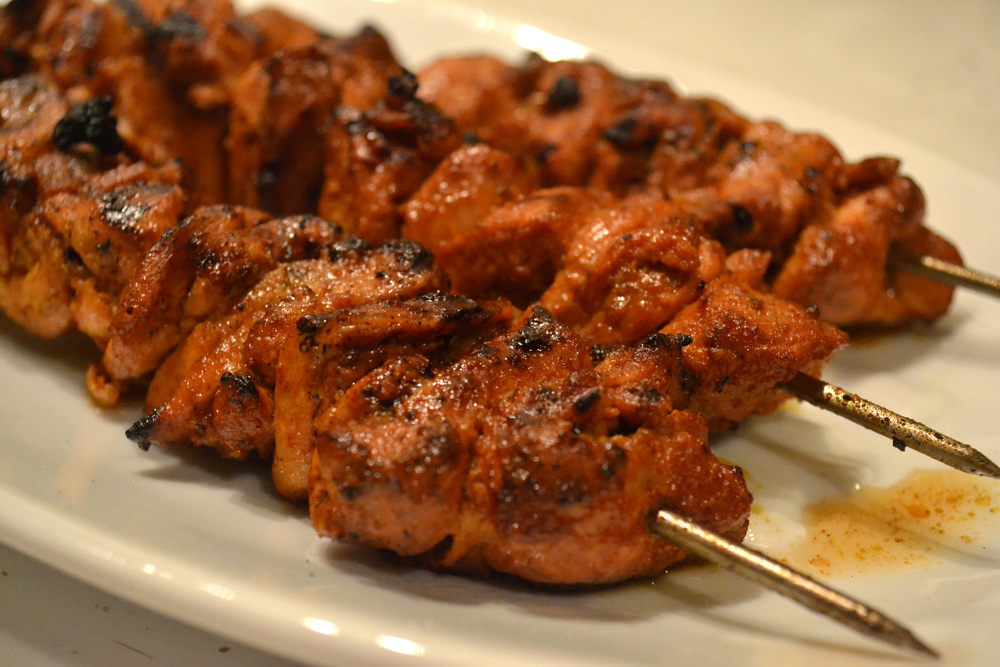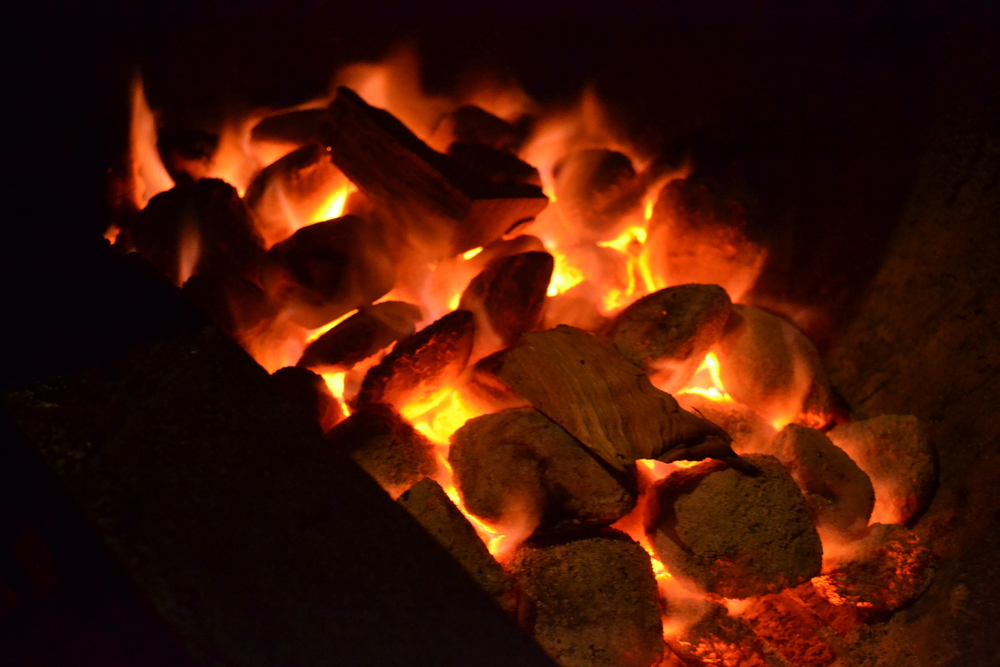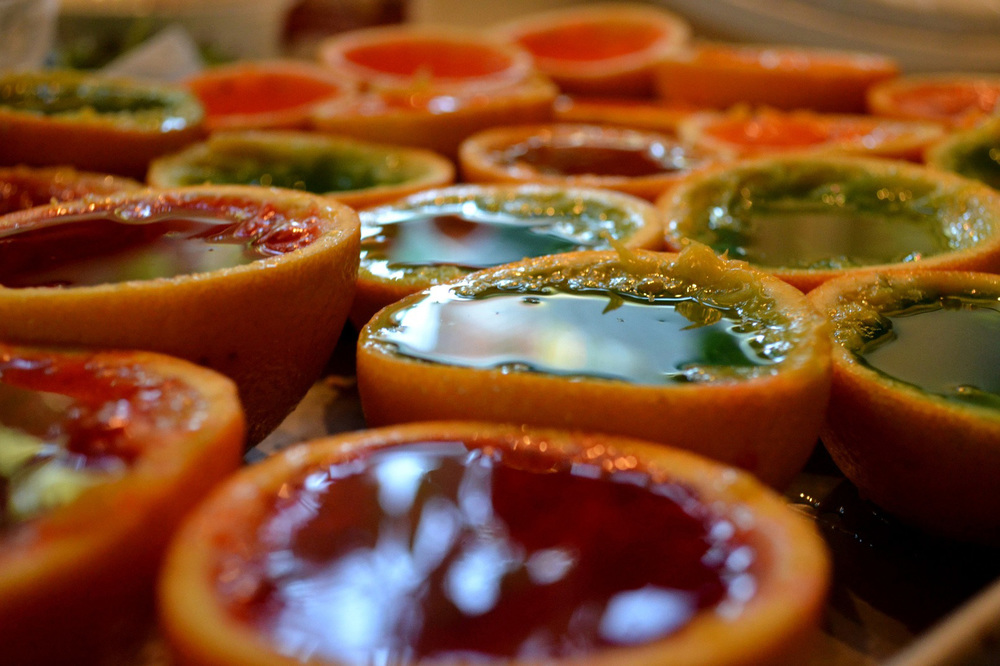Product Review: The Blackstone Pizza Oven
/While perusing PizzaMaking.com, I happened to look into one of the subforums, under pizza ovens, and found something that caught my eye. OK, it REALLY caught my eye: The Blackstone Pizza Oven. Basically, a $279 propane powered pizza cooker that cranks out pies in just a few minutes, with the same kind of crust charring you’d get from a wood fired oven, and at an unbelievable price tag. What sold me on trying the Blackstone Pizza Oven were a number of old timers in the forum who were initially skeptical and purchased the oven and became solid converts.
I had to get one and see for myself if the Blackstone Pizza Oven lived up to its reputation. A few days later, my unit arrived. Before unpacking it, I had pored carefully through many posts on the forum to see if there were any issues with the Blackstone Pizza Oven, and to learn as much as I could about operating it from seasoned veterans.
It’s interesting to note that the Blackstone Pizza Oven is now called the Blackstone Patio Oven, obviously a marketing strategy to not limit its cooking possibilities to pizza. One can cook all kind of breads, as well as steaks and other food items that benefit from high heat, but its core appeal will probably always be to the pizza aficionado.
After unpacking the Blackstone Pizza Oven, it was time to assemble. Assembly was quick and easy, instructions were simple and clear. However, after plugging in the motor, there were some issues with getting the platter to spin, which seemed to be a common issue. This was easily remedied by adjusting the collar on the platter shaft a half inch or so. It would have been helpful if this had been addressed in the instructions, as had I not done as much research from users on PizzaMaking.com, it would have taken me a bit longer to figure this out.
As that seemed to do the trick, I hooked the Blackstone Patio Oven up to the propane tank and did a test run with the valve open ¾. In under ten minutes, the surface temp of the stone was a scorching 750 degrees! While I wasn’t expecting the built in thermometer on the front of the “roof” of the oven to be terribly accurate, it was actually quite close to the readings I was getting from my handheld thermometer. The motor that comes with the Blackstone Pizza Oven can either be powered by a single “D” battery, or you can plug in the AC adaptor that is provided, which I knew from the get go I’d be using, as the thought of having a battery die out in the middle of a pizza cook would not end well. My last pre-cook observation was that launching a pie on the Blackstone Pizza Oven while the platter was spinning could be potentially disastrous without some practice, especially if not done quickly. It made more sense to me to just turn the motor off quickly, launch the pie on the stone, then turn it back on when the pizza is securely on the stone. At this point, I felt fairly confident about my first test run. So let’s see how it performed!
Pizza Margarita Pre-Cook:
Pepperoni & Sausage Pizza Pre-Cook:
I decided to put the pies on when the stone temp reached 675 degrees. Both pizzas cooked in under 4 minutes. For the last 20 seconds or so, I cranked up the heat to near full blast to help accelerate the browning of the top.
Here’s how they looked:
The verdict?
These were the best pizzas I ever cooked. The crust was done to absolute perfection and yet, the dough was soft and slightly chewy on the inside. I was sold! Subsequent cooks led to similar results.
There’s a lot to like about the Blackstone Pizza Oven:
Easy assembly: It took under 15 minutes to put the Blackstone Pizza Oven together.
Simple Design/Ease of use: There’s a not a lot of moving parts and it’s easy to operate.
Efficient: The Blackstone Pizza Oven does not use a lot of propane, yet heats up quickly, typically about 10 minutes.
Short Cooking Time: Depending on how hot you get the oven, your pizzas will be ready in 2-5 minutes. If you’re cooking for a crowd, you literally could cook 10 pizzas an hour if you have an assistant or two. That’s a LOT of pizzas!
Portable: The Blackstone Pizza Oven has wheels, so you can move it around at will. It’s also easy to dissemble if you plan to take it to a remote location.
Easy to Clean: The only thing you’ll need to clean will be the stone. Whether you’re using flour, semolina, or cornmeal as the “lubricant” on your pizza peel, the leftover particles do get quite charred, so all you need to do is wipe it down when the Blackstone Pizza Oven has either cooled completely, or before each cook.
Any downsides?
I’m not sure the heating/burner element would last for 20 years, but then again, at a $279 price-point you’re not going to get a product constructed like a Viking oven. This is a solidly made and engineered pizza oven, and if you take care of your Blackstone Pizza oven, it should last for many years.
My only criticism is the collar on the plate shaft. This should have been addressed either by proper adjustment at the factory, or by including mentioning it in the owner’s manual.
Tips:
Do a test run before you actually cook your pizzas. This will help you learn the Blackstone Pizza Oven as well as how to dial in the right temp.
As mentioned earlier, I always turn the motor off briefly when I launch the pie, then turn it back on. Unless you have a lot of experience in launching pizzas on a spinning stone, I would highly recommend this.
Spend the extra money and get the cover, and keep it covered when not in use. Also, if you keep the Blackstone Pizza Oven in a dry, covered place like a garage when not in use, it will cut down on exposure to the elements.
Essential Accessories:
Everyone who makes pizza, regardless of the cooker used, should have the following tools at their disposal:
- Handheld Infrared Thermometer: It's essential to know the exact temperature your cooking surface is before you launch your pies, typically, ideal temps range from 600-700 degrees. A good one can be purchased online for less than $40, and is an invaluable tool for making consistently great pizza.
- Pizza Peel: Peels are either wood or metal. It's far easier to launch a pie into a hot oven using a wood peel dusted with flour or better yet, semolina flour than a metal peel. Metal peels work great for "fetching" your pie offa hot stone. If you really want to make life easier for yourself and make perfectly round pizzas every time, as well as make the process of getting your just-made pizza onto that hot stone, then go get yourself a Super Peel. This by far, is the best pizza tool I've ever used, and can't recommend it highly enough. You can read more about it HERE.
- Pizza Screen: While I don't recommend using pizza screens to cook on as they change the fundamental texture and color of the bottom crust, they are the PERFECT cooling surface to put a piping hot pie on while you let it rest for a few minutes before putting the pie on a pan and then slicing. All those little openings in the screen help keep the crust nice and crisp while it rests.
The bottom line:
The Blackstone Pizza Oven is an amazing pizza oven, especially at $279. To be able to make pizza that is comparable to what you’d get from a wood fired oven at a tiny fraction of the cost is no small feat. And for anyone’s who’s wondering, I’ve officially retired my FrankenWeber Pizza Kettle!
